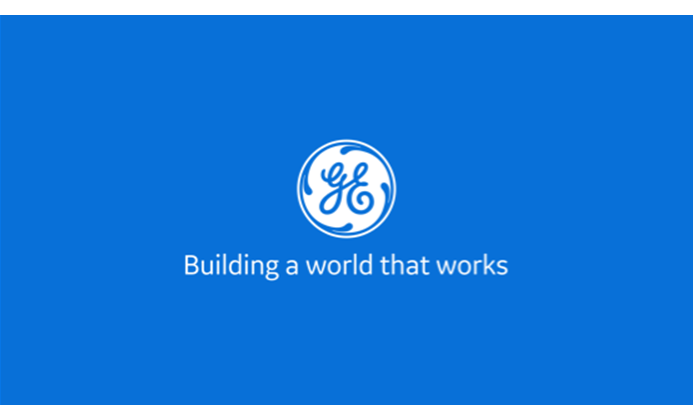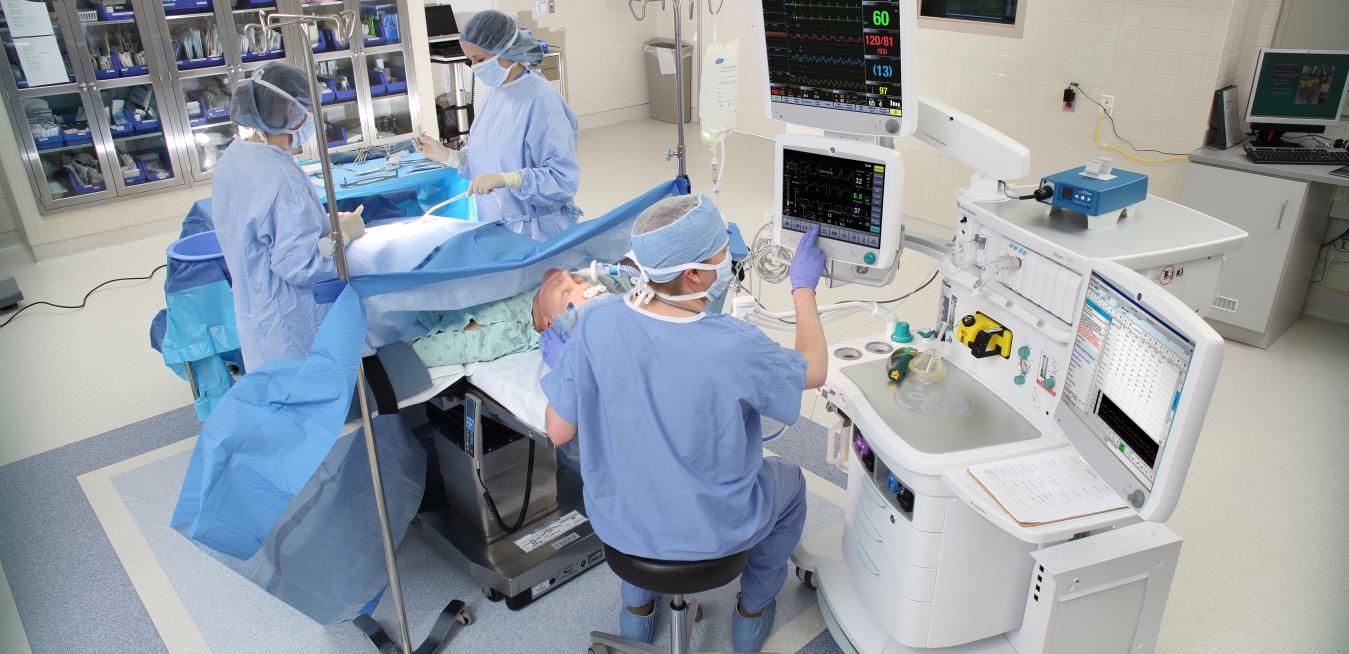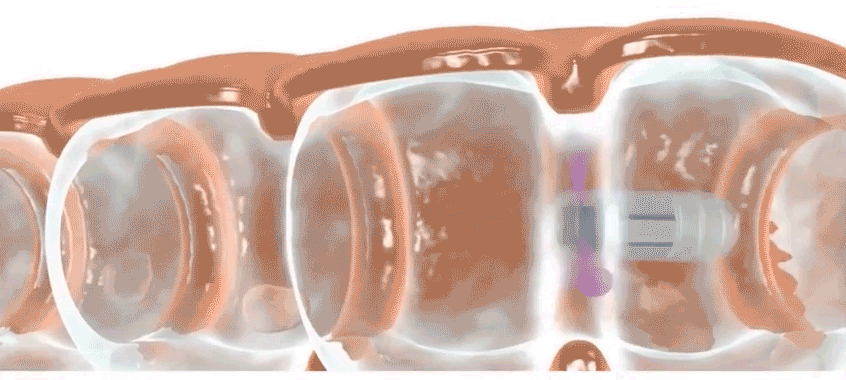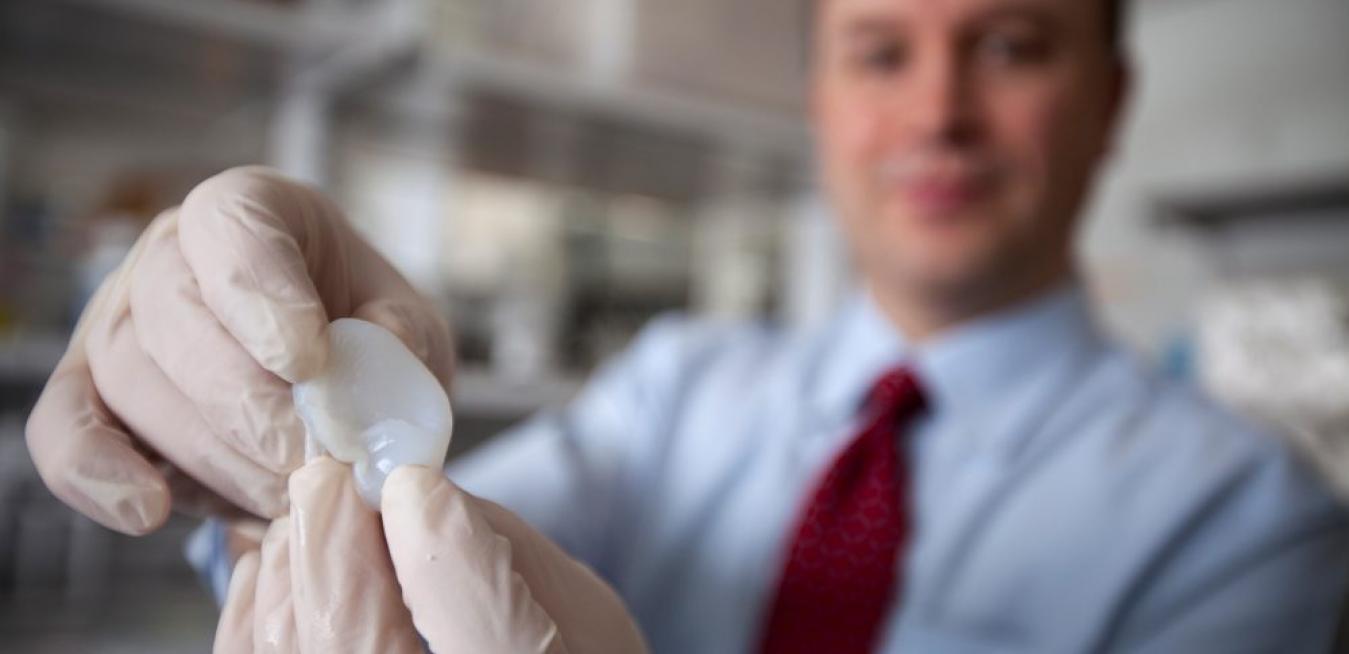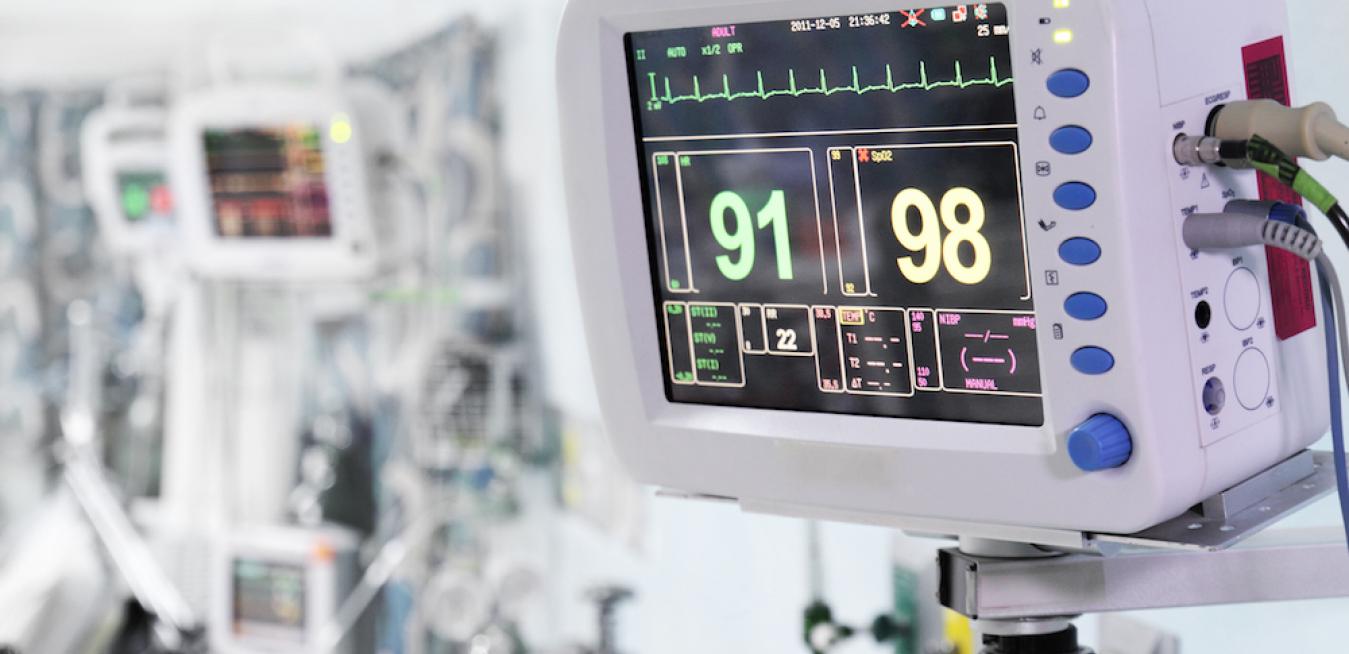General anesthesia, basically a reversible, medically induced coma, is one of the marvels of modern medicine. Carefully calibrated drugs, ventilators and other technology keep patients breathing and comfortable during their most vulnerable moments — and gratefully unable to recall what transpired on the surgical table. From their perspective, it’s simple: Breathe in, breathe out, wake up in a recovery bed. But for the healthcare providers, it’s a delicate art as well as a science.
Imagine if any patient could be at the top of any donor recipient list. As Baby Boomers reach their retirement years, policymakers and leaders in medicine are scrambling to find better health outcomes with lower expenses. Additive manufacturing could provide a real breakthrough in treating patients around the world, writes John Menna, Vice President of Global Strategy for Healthcare Logistics at UPS.
Even as people around the globe enjoy longer, healthier and more productive lives, the rising cost of healthcare threatens to impede such progress.
How telemedicine is set to change the healthcare industry.
The Centers for Disease Control and Prevention (CDC) estimates that growing rates of cardiovascular disease, cancer, obesity, and diabetes will increase global healthcare spending by 4 percent per year.
The industry has never needed innovation and efficiency more, particularly since formerly unprecedented wait times for physicians and specialists are now common.
Sean Ahlquist, assistant professor of architecture at the Taubman College of Architecture and Urban Planning at the University of Michigan, creates architecture, one of the few design mediums that requires full physical interaction, as a form of therapy for his 7-year-daughter who has autism spectrum disorder. “If we can improve motor skills, there is a correlation to creating opportunities for social interaction,” Ahlquist says.
The U.S. ranks first in per capita health spending but last in health system performance of 11 major developed countries. And the way we use our money for health care -- 38 percent of which goes to hospitals -- hasn't changed much in 50 years. Sam Glick, a partner in Oliver Wyman’s Health & Life Sciences practice, discusses whether moving spending away from hospitals will help fix our health care challenge.
Despite the promise of a revolution in health, consumer wearables thus far have delivered little more than a flood of meaningless data. Finally, that’s starting to change. A new approach that combines biologically-driven technology and big data, will transform consumer-class wearables and reshape the healthcare and insurance landscape.
The world stands to benefit if the healthcare industry embraces frugal innovation, the art of stripping away complexity to create lower-cost goods. Emerging economies could gain the most by getting access to more affordable critical equipment.
These days, it seems like there is a “hack” for just about everything. And no, I’m not talking about cyber-security here, I’m referring to the concept that you may see on your Facebook newsfeed from time to time.

